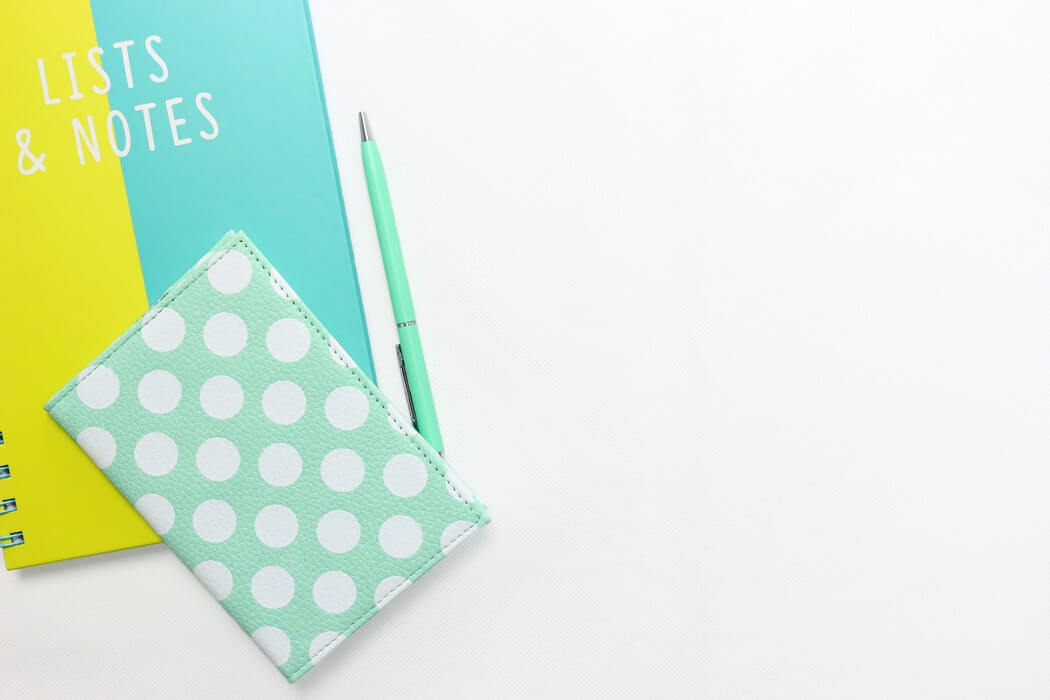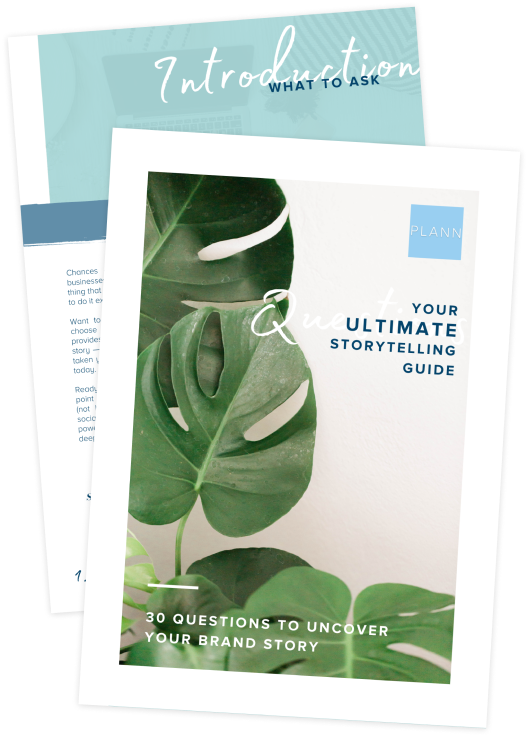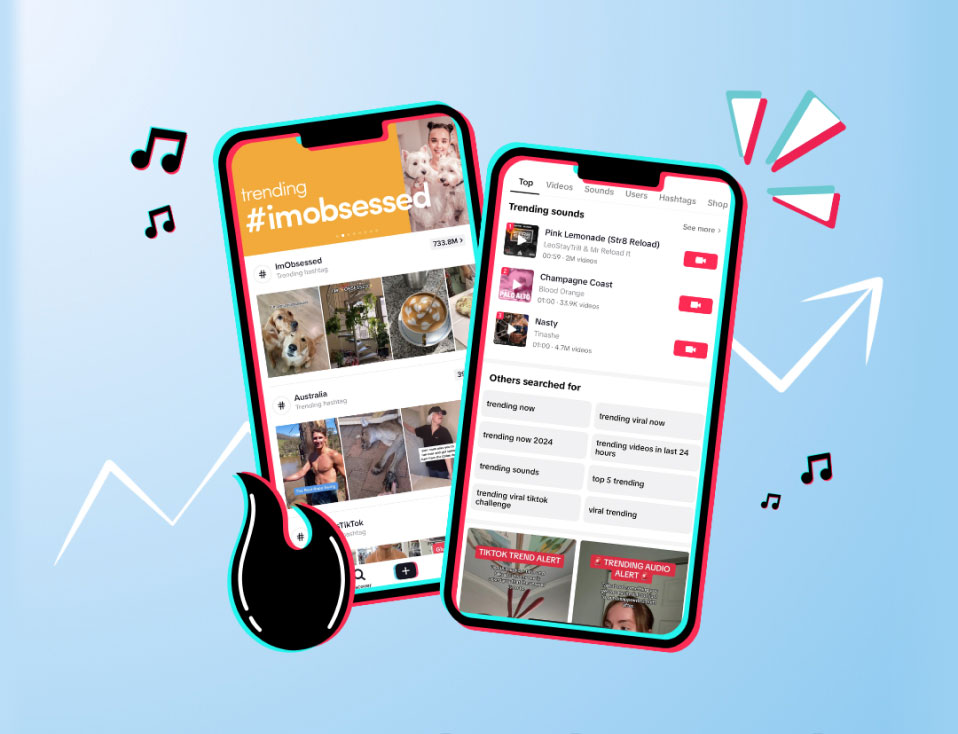Branding is much more than logos and colors. Although it’s super important to craft an engaging visual aesthetic, there’s another important side to branding that’s too often overlooked.
A strong personal brand is all about making your brand’s message unique and unforgettable. This means having an in-depth understanding of what you do best and how you fill gaps in the market. It all comes back to why you started your business in the first place! By tapping into the mission and vision you have for your business, you’ll be able to unlock a personal brand that’s compelling and captivating.
Branding shapes how customers see your business. This encompasses everything from the values that anchor your brand to your ability to communicate openly and honestly with customers. By crafting a strong personal brand, you’ll be able to solidify your place as a thought leader in your industry and build valuable trust with your audience. In fact, a recent survey revealed 81% of consumers said they need to trust a brand before they buy from them.
But never fear Plann’rs, you don’t need to navigate the world of personal branding alone. In this blog discover the 10 key steps to crafting a killer personal brand to win new consumers and build brand preference. Let’s dive in.
Step 1: Define your core abilities and expertise
Each of us is unique. That means within us are talents and gifts that we should showcase and leverage. When crafting a new personal brand, it’s important to start with what you do best! Consider what are your areas of expertise and the core skills that set you apart from others in your industry.
Do you have an exceptional ability for public speaking? Are you brilliant at providing personalised advice to customers? Do you have a unique background of experience and skills that makes you stand out from your competitors?
Start by reflecting on what you do best in business to clarify your core abilities and key services. By getting back to basics you’ll develop a strong foundation for your personal brand built on what you do best.
Step 2: Clarify your target market
Understanding who you’re talking to is a crucial step in defining a new personal brand. One of the best places to start is to revisit your target market and craft a range of detailed customer personas. This will ensure you know where to find your ideal customers, what their needs are and how you can build a brand that will resonate and serve them best.
Look to your analytics on social media and other online platforms to understand the demographic and behavior of your audience. Take the time to map out detailed customer personas that explain who they are, where they live, what content they consume and their lifestyle preferences. Try to be as specific as possible as this will help inform your communications and messaging moving forward! With a clear picture of your ideal customer, you’ll be able to craft strategic branding and campaigns to maximize your results (and money).
Step 3: Uncover your mission and vision
Anyone can start a business, but why did you start yours? It’s all too easy to get caught up in the day-to-day of running a company, which can cause us to lose sight of our initial vision, hopes and dreams for our brand.
So, an important step is to come back to your core brand values and mission statement. What brings you purpose? What problems are you trying to solve? By identifying and understanding your ‘why’ you’ll be able to find unique ways to distinguish yourself in the market and stand out from your competitors with a strong personal brand.
Step 4: Ask for feedback from customers and clients
Although self-reflection is important, it’s also a smart strategy to understand how others view and perceive your brand. Before you overhaul your entire brand strategy, make sure to host surveys, questionnaires and focus groups with your existing social followers and customers to gauge their opinion of your current brand.
Use these sessions to ask open-ended questions such as:
• What is the first feeling that comes to mind when you hear our brand?
• How likely would you be to recommend our brand to your friends or family, and why?
• How would you describe our brand in 3 words?
Gathering honest feedback will help you scope out your brand’s strengths and weaknesses. Plus, this process will identify any areas for opportunity to help shape your new personal brand. Additionally, you can create a QR code and include it in your surveys, questionnaires, and focus group materials. This QR code can direct participants to an online form or a digital platform where they can provide their feedback conveniently
Step 5: Embrace authentic communications
Building engaged communities of followers aren’t something that will happen overnight. Users want to see the human side of a brand before they trust and engage with a business. In fact, 86% of consumers say they seek authenticity from brands and use this as a key factor when deciding what businesses to support.
When building a new personal brand, think about ways to be honest and real with your audience. Try sharing behind the scenes content that shows a ‘raw’ or unfiltered side to your business and speaking about your struggles and stumbling blocks in business as a way to build rapport and trust. By harnessing your natural strengths and personality you’ll be in the best position to become a brand build on authenticity to drive tangible results for your brand.
Step 6: Learn how to speak about your unique selling points
Understanding your points of difference is important, but learning how to articulate and share this with potential customers is essential to success. Once you’ve mapped out what makes your brand unique from others in your field, it’s time to clarify the language you’re going to use to communicate this to the world.
This comes back to crafting a strong and consistent tone of voice for your brand. With a clear voice for your brand, you’ll be able to explain what sets you apart from others in convincing and concise terms. Make sure to emphasize where you go ‘above and beyond’ and highlight what makes your approach one-of-a-kind and worth taking notice of.
Step 7: Visualise your brand image
But it isn’t just the way you speak that’s important! Crafting a new brand identity is all about the visuals you leverage to tell the story of your brand. This means crafting a visual aesthetic that encompasses the values, mission, and vision for your business through clear and consistent brand style guidelines.
Although it might seem small, color and visuals play a pivotal role in shaping brand perceptions. In fact, using a signature color or filter can help boost brand recognition by up to 80%. That means it’s never been more important to turn your attention to the visuals you use to represent your brand. Each color and image conveys unique moods and emotions, so make sure to test a few options to see what works best for your brand.
Make sure to consider what visuals, graphics, photos, fonts and colors you’ll use across all your marketing channels. Everything from your business card to your Instagram Feed should feel on-brand and consistent to boost brand recognition.
Step 8: Collaborate with others to build your brand identity
One of the best ways to showcase your new personal brand with the world is to connect with others and reach new audiences. Look for like-minded brands and businesses you can join forces with through collabs or partnerships to build credibility and leverage their established networks.
Why not try doing an Instagram Live with an aligned brand? What about writing a new guest blog posts for an established blogger? The key is to make sure you partner with the right brands and do your research to find creative ways to provide value to their audience. Think about their pain points, how you complement each other’s services and what unique ideas you can offer this new network.
Step 9: Create a consistent online presence
Content is key to solidifying a new personal brand! By using social media to stay in touch with your audience you’ll cement your stellar brand identity and remain top-of-mind for potential customers. Take the time to plan out regular posts using a content calendar to ensure you’re showing up for your followers on a consistent basis.
Not sure if you have enough content to continually speak to your audience? That’s where user-generated content (UGC) comes in! Simply by reviewing your tagged posts or looking for imagery that users have shared of your products or brand, you’ll unlock a new bank of meaningful content.
The best bit? UGC is a brilliant way to create an authentic brand identity by letting your customers advocate for your brand in their own words. The stats don’t lie with 79% of people saying that user-generated content has a major impact on their purchasing decisions.
Step 10: Monitor your online presence
Despite your best efforts, not everyone is going to have a positive view of your brand. To ensure you control your brand’s image online it’s important to monitor review sites and social media for customer feedback.
Successful and proactive online customer service is a key way to help your business stand out from the crowd. Recent stats have shown that 73% of consumers cite customer experience as an important factor that influences their purchasing decisions.
By checking in on these channels every day or so you’ll be able to provide timely responses to any negative feedback your brand might receive. Make sure to provide sincere, honest responses to this feedback, and try your best to offer practical solutions. By answering any feedback you receive in a proactive and professional manner, you’ll safeguard your personal brand’s reputation online.
So there you have it! When it comes to nailing a new personal brand, it’s important to put in the hard work to establish your points of difference and core brand values. Although it will take some work to develop a strong personal brand, the effort will pay off big time as it’ll build trust with customers and ensure they remember your business when they’re ready to make a purchase.










